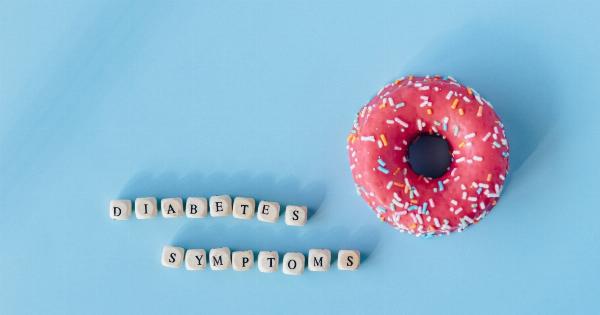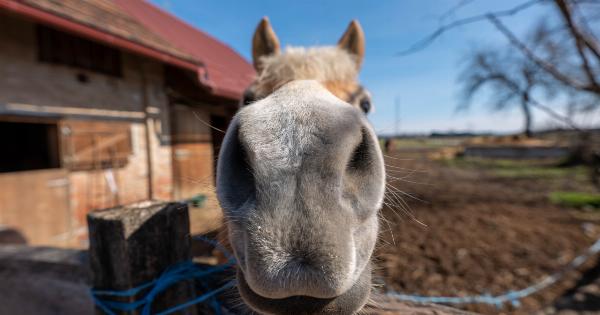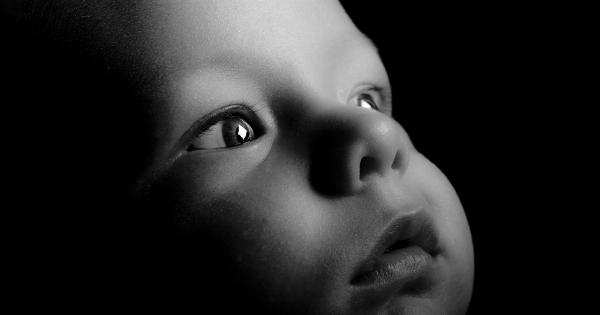Food allergies are on the rise globally. They are becoming more common especially in children. An allergic reaction to food can be severe and life-threatening at times.
If you suspect that you or your child has a food allergy, it is essential to seek medical attention immediately. Knowing the signs and symptoms can help you recognize a food allergy early, and prevent a severe reaction. Here are 5 telling signs of food allergy to watch out for:.
1. Hives or Rash
The appearance of hives or rash after consuming a particular food is a classic sign of an allergic reaction. This reaction can occur within seconds or minutes of eating the food. The hives may appear as raised, red, and itchy bumps on the skin.
They can be localized or spread throughout the body. The rash may be accompanied by swelling, itching, and redness. If you or your child has hives or rash, it’s important to seek medical attention as this may be the first sign of a severe allergic reaction.
2. Gastrointestinal symptoms
Food allergies can also cause gastrointestinal symptoms such as nausea, vomiting, abdominal pain, and diarrhea. These symptoms can occur within minutes or hours after eating the food. They can be mild or severe and may last for several hours or days.
If you or your child experience gastrointestinal symptoms after eating a particular food, it may be a sign of a food allergy.
3. Swelling of lips, tongue or throat
Swelling of the lips, tongue, or throat is another telling sign of a food allergy. This can occur within minutes or hours after eating the food. The swelling can be mild or severe and can make it difficult to breathe or swallow.
If you or your child experiences swelling of the lips, tongue, or throat, seek medical attention immediately as this can be a life-threatening condition.
4. Difficulty breathing or wheezing
If you or your child experiences difficulty breathing or wheezing after eating a particular food, it may be a sign of a severe allergic reaction known as anaphylaxis. Anaphylaxis is a life-threatening condition that requires immediate medical attention.
Other symptoms of anaphylaxis may include rapid heartbeat, dizziness, and loss of consciousness.
5. Other symptoms
Other symptoms of a food allergy may include nasal congestion, itching, sweating, and headache. These symptoms may occur either alone or in combination with other signs of a food allergy.
It’s essential to be aware of these symptoms, so you can seek medical attention early to prevent a severe reaction.
If you or your child experience any of the above signs of food allergy, seek medical attention immediately. Your doctor may recommend a series of tests to determine the food that is causing the reaction.
It’s also essential to avoid the food that caused the allergic reaction in the future.
Conclusion
Food allergies can be severe and life-threatening if not recognized early and treated promptly. Understanding the signs and symptoms of food allergies is essential in recognizing them early and seeking medical attention promptly.
If you or your child has a food allergy, work with your doctor to develop a management plan that will help you avoid the foods that trigger the reaction. This will help prevent severe reactions and keep you or your child safe.






























